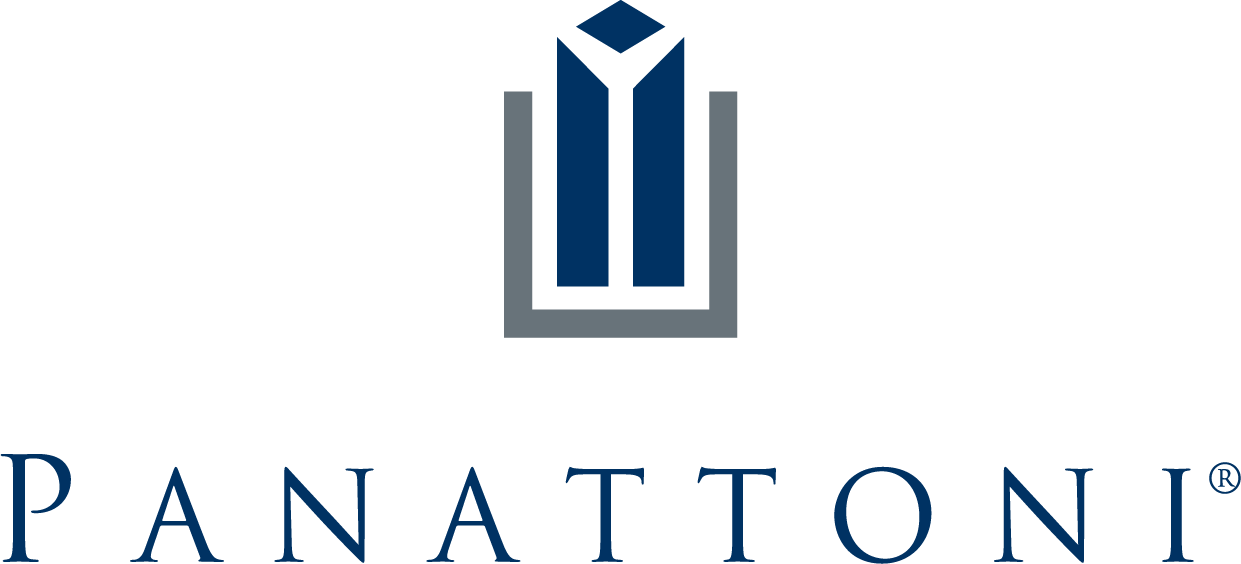Flexible Spending
The Flexible Spending Account (FSA) administered by Igoe allows you to set aside pre-tax dollars to pay for your eligible out-of-pocket benefit expenses. When you participate in an FSA, you decide how much you want to contribute each plan year. The money you contribute is taken from your pay before income and social security taxes are taken out, lowering your taxable income, which may mean lower taxes for you.
Flexible Spending Documents
About our Flexible Spending Accounts
What is an FSA? A flexible spending account (FSA), also known as a flexible spending arrangement, is one of a number of tax-advantaged financial accounts that can be set up through a cafeteria plan of an employer in the United States. An FSA allows an employee to set aside a portion of earnings to pay for qualified expenses as established in the cafeteria plan, most commonly for medical expenses but often for dependent care or other expenses. Money deducted from an employee's pay into an FSA is not subject to payroll taxes, resulting in substantial payroll tax savings.
One significant disadvantage to using an FSA is that funds not used by the end of the plan year or at separation of employment are lost to the employee. Paper forms or an FSA debit card, also known as a Flexcard, may be used to access the account funds. Please refer to the enrollment form to find more information about this account and your participation status.
"Use it or lose it?" Persons familiar with Flexible Spending Accounts have likely heard the above term. The "Use it or lose it" provision of FSA plans refers to the IRS rule that says the participant must exhaust their FSA account each year, or the remainder balance will be forfeited. Such wording tends to leave new participants concerned. After all, no one wants to make unused contributions and leave money in their account. The good news is, you don't have to. It is you that decides how much to contribute in the first place. You have the power and resource to fairly estimate what your average health care expenses are and figure out an appropriate monthly contribution, which is then deducted from your paycheck. Since you decide how much you put in, there is no need to worry about large leftover balances.
The important thing to do is know what counts as a qualified expense. This will keep you from over or underestimating how much to contribute. If at the end of the plan year you find yourself with excess funds in the account, you can then consider exhausting your funds by purchasing over-the-counter medications or vision-care appliances and solutions. These types of products are largely elective in nature, as well as eligible expenses.
Tip: If you are a first-time participant in the FSA, be conservative in your estimations. You can then make necessary adjustments next year at open enrollment. Also, it is very important to keep all receipts when using the Flexcard. You may be asked by the administrator to provide details of the expense.
Health Care FSA (HCFSA)
You may contribute up to $3,300 pre-tax annually to the Health Care FSA. A health care FSA is used to help pay for health care expenses that are typically not paid for by your health plan. With a health care FSA, it is important to:
- Consider the type of services you may need during the year
- Estimate the cost of the services
- Determine your pre-tax contributions to help meet those costs
While a health care FSA can help you pay for many health care services, IRS regulations do not allow you to use it to pay for health insurance premiums and cosmetic treatments. Services must be intended to treat or prevent a specific medical condition.
Refer to plan documents for a list of ineligible expenses.
Dependent Care FSA (DCFSA)
A Dependent Care FSA (DCFSA) is a pre-tax benefit account used to pay for eligible dependent care services, such as preschool, summer day camp, before or after school programs, and child or adult daycare. It's a smart, simple way to save money while taking care of your loved ones so that you can continue to work.
Your household may contribute up to $5,000 per plan year from which to pay eligible expenses.
Note that eligible expenses are those costs related to dependent care while you are at work. For school age children, those expenses may include the cost of care before and after school.
Unlike the health care FSA, with the DCFSA you may only be reimbursed at any time up to the amount you have accrued in you DCFSA account.
Debit Card; Convenient Transactions
The Debit Card program is a great tool for accessing the funds in FSA Health Reimbursement Account. It allows you to avoid up-front, out-of pocket expenses by accessing your election quickly and conveniently through the debit card system. Once your election form is processed a card will be automatically generated and sent to your home. If you wish to add an additional card for your dependent you will have to complete the Dependent Debit Card form. It is very important to keep all receipts when using the Flexcard. You may be asked by the administrator to provide details of the expense.
Please refer to the enrollment form to find more information about this account and your participation status.
